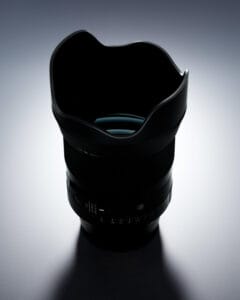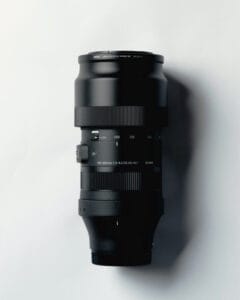
Beyond glass and metalt
I decided to dedicate myself to the profession of photography when I was working as an architectural assistant at the university. My professor asked me by chance if I was…
READ MORE| HOT ONE AWARDS | 2023 |
|---|---|
| EISA | 2023 |
| ABCD | 2022 |
| Construction | 19 elements in 15 groups… |
|---|---|
| Sensor Size | Full Frame |
| Weight | 745 g |
| Filter diameter | 67mm |
| Filter AVC | 65mm |
The Sigma I series features full-frame compatible lenses that offer new value to mirrorless systems. The combination of superb optical performance with a level of compactness that is perfectly suited to smaller and lighter modern mirrorless cameras will bring you new opportunities for a perfect shot.
Sigma is aware that in today’s world we have a wide range of camera choices, especially with the increase in mobile phone ownership. But with many photographers looking for something more than something that simply captures images when they choose to own a camera and lens, I series lenses offer the ultimate combination of superb optical performance, outstanding usability and compact form-factor.
Sigma’s excellence in development and production technologies has been built up since our founding in 1961 and became increasingly sophisticated with the introduction of the Sigma Global Vision brand in 2012. With this as a base, Sigma has given careful thought to the quality of the products, the feeling of using it and the pleasure of owning it. This is how the I series was born.
The MTF (Modulation Transfer Function) is one of the measurements for evaluating a lens’ performance, and it shows how faithfully the contrast of the subject can be reproduced on the image plane. The horizontal axis shows the image height (distance from the center of the image in mm) and the vertical axis shows the contrast value (maximum value is 1).
The closer the 10 line pairs/mm curve is to 1, the higher the contrast and clarity of the lens is, and similarly, the closer the 30 line pairs/mm curve is to 1, the better the resolution and sharpness of the lens is.
*The MTF chart depicts the result at the wide-open aperture.
*For mirrorless lenses that support distortion correction, the horizontal axis shows the image height equivalent to when an L-Mount lens is attached to a Sigma L-Mount camera with distortion correction applied. (The effect of distortion correction may differ depending on the mount and camera used.)
*The spatial frequency indicates the variation on the image plane before distortion correction is performed.
To increase stability, this lens configuration uses movable internal lens elements that adjust focus without changing the length of the lens barrel.




I decided to dedicate myself to the profession of photography when I was working as an architectural assistant at the university. My professor asked me by chance if I was…
READ MORE
We live in a tremendously large world. This is especially apparent at night. The moon and stars shine in the night sky, but the distance to the moon is only…
READ MORE